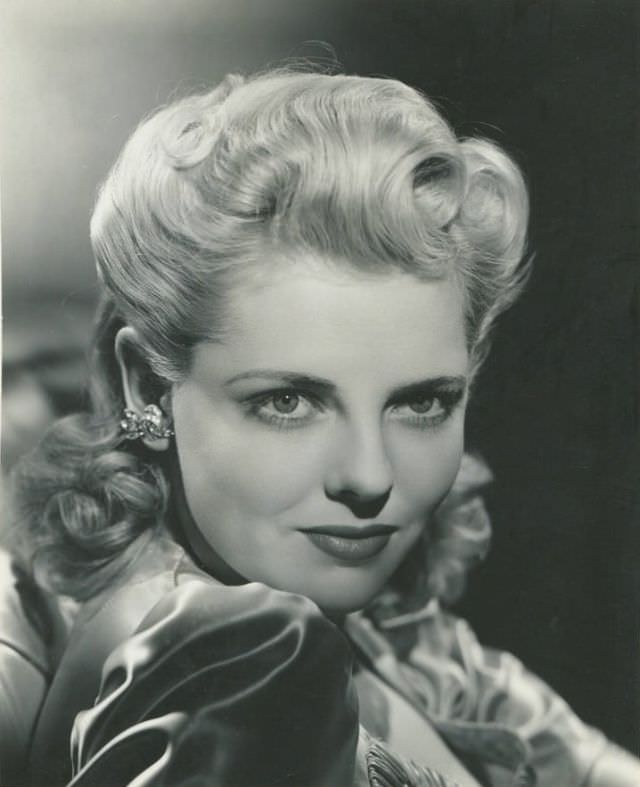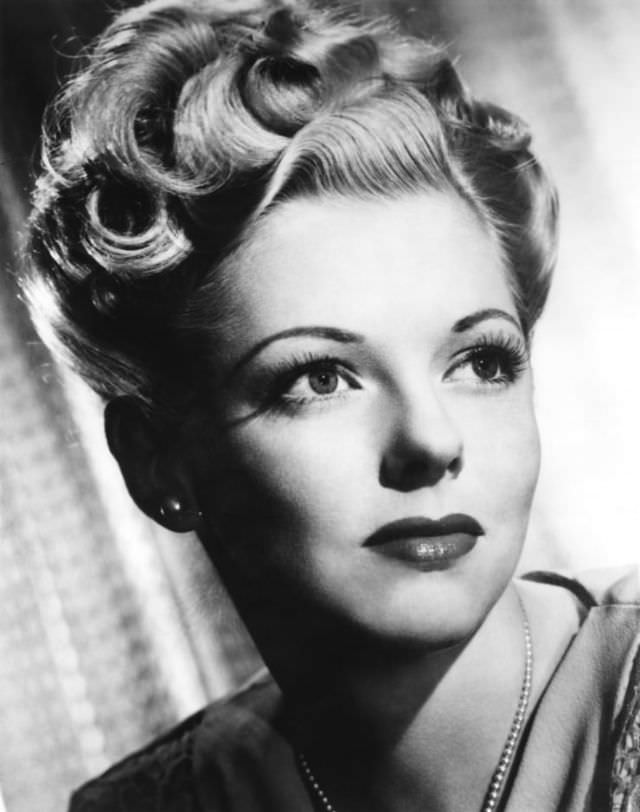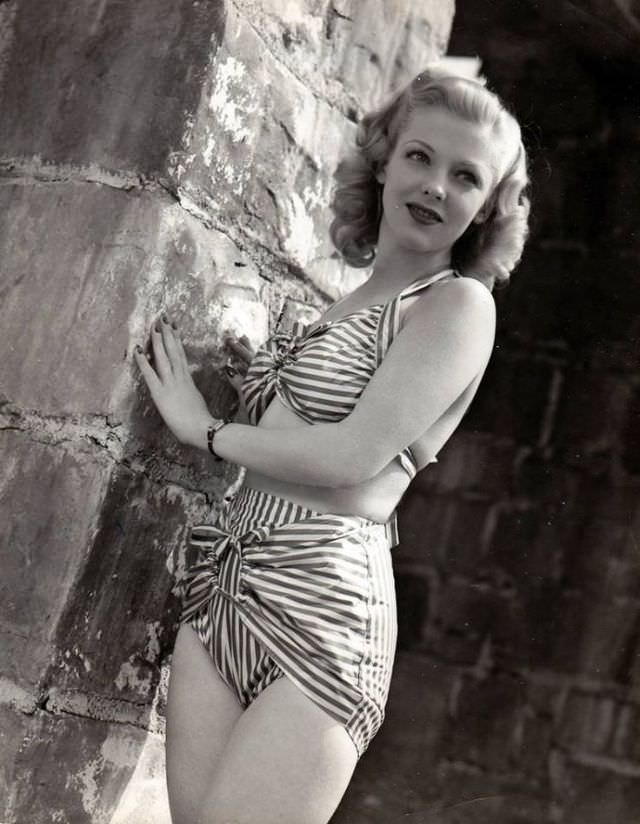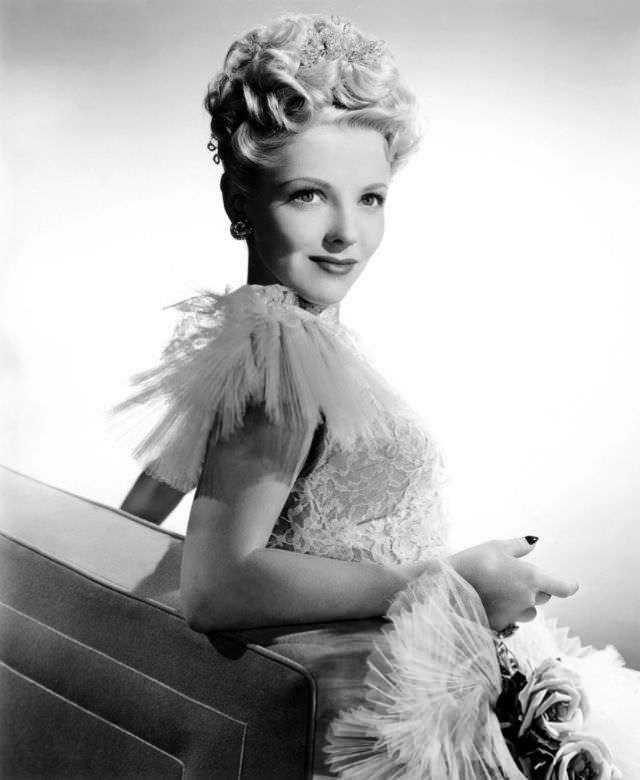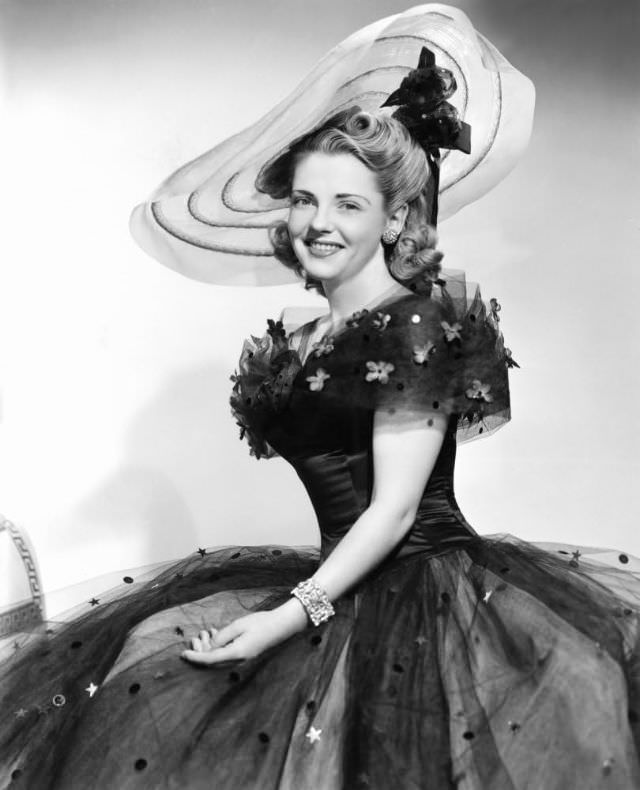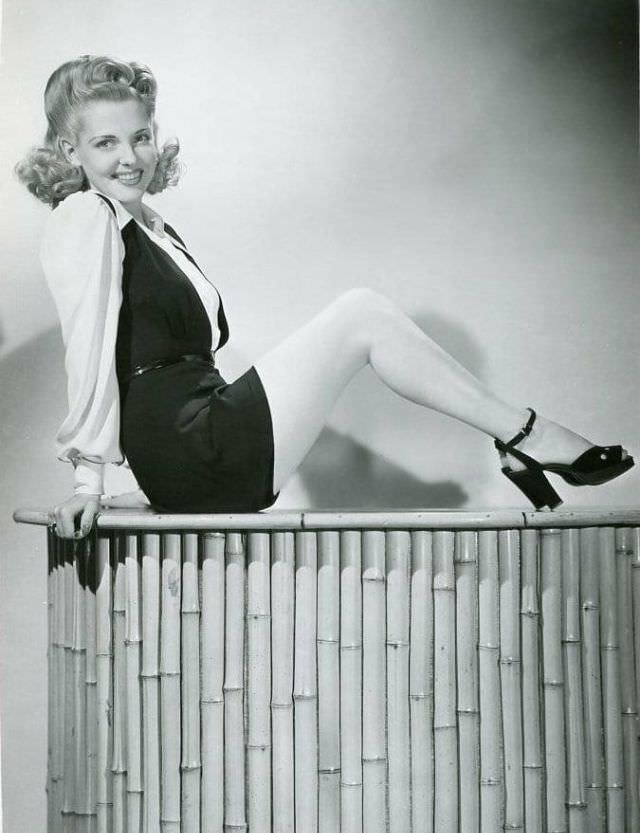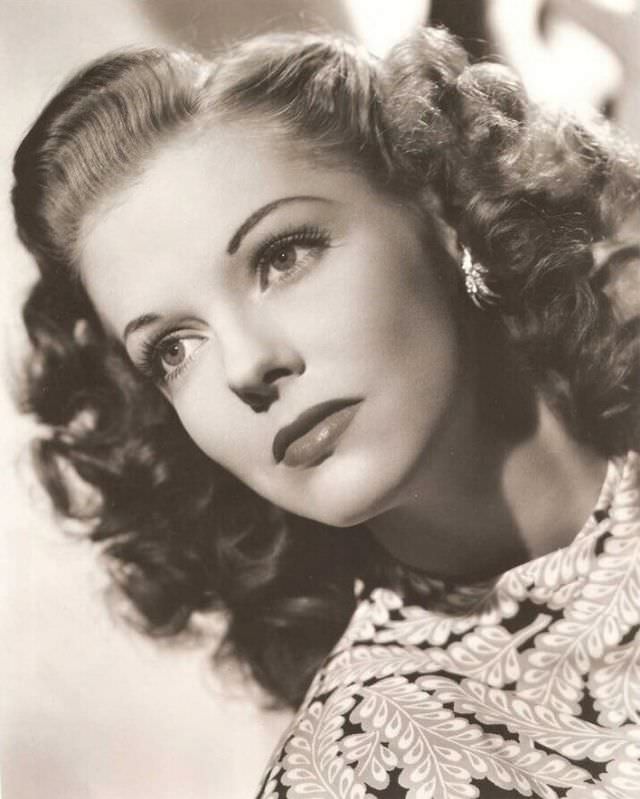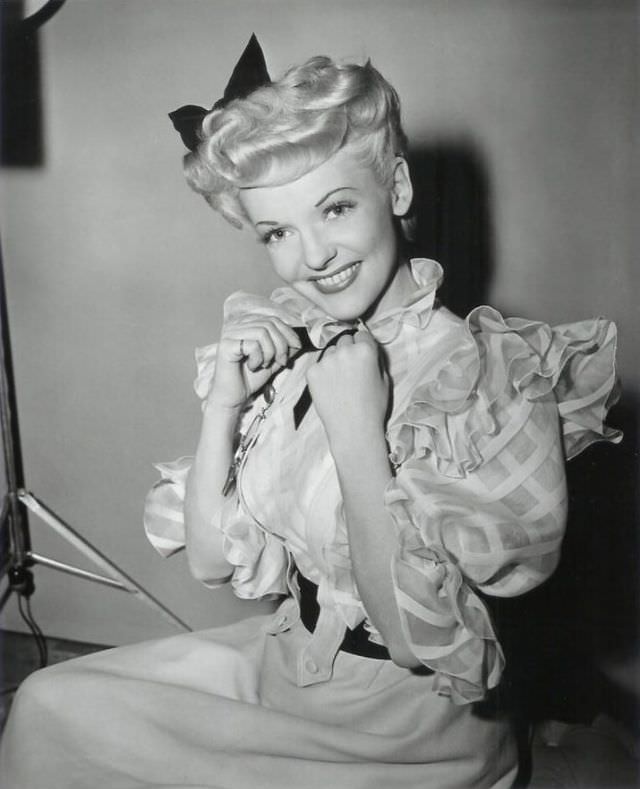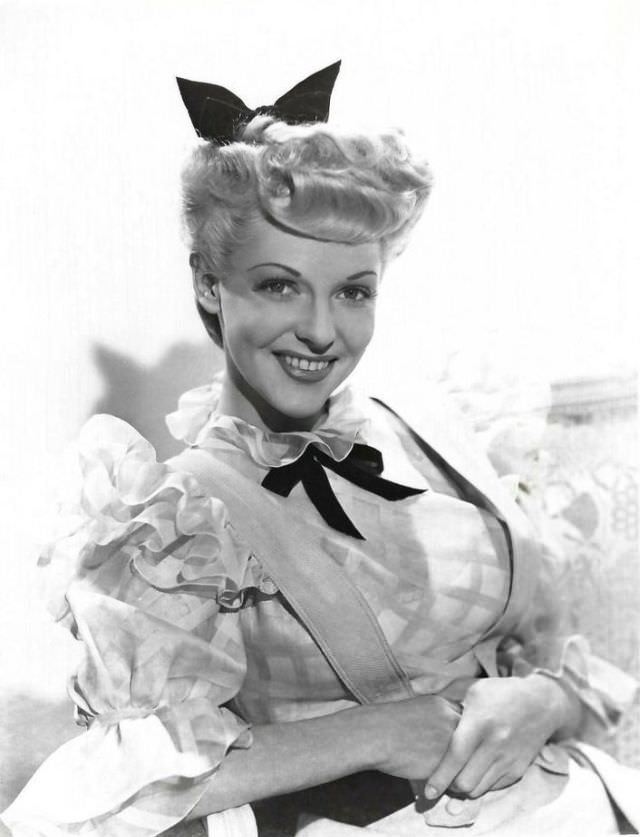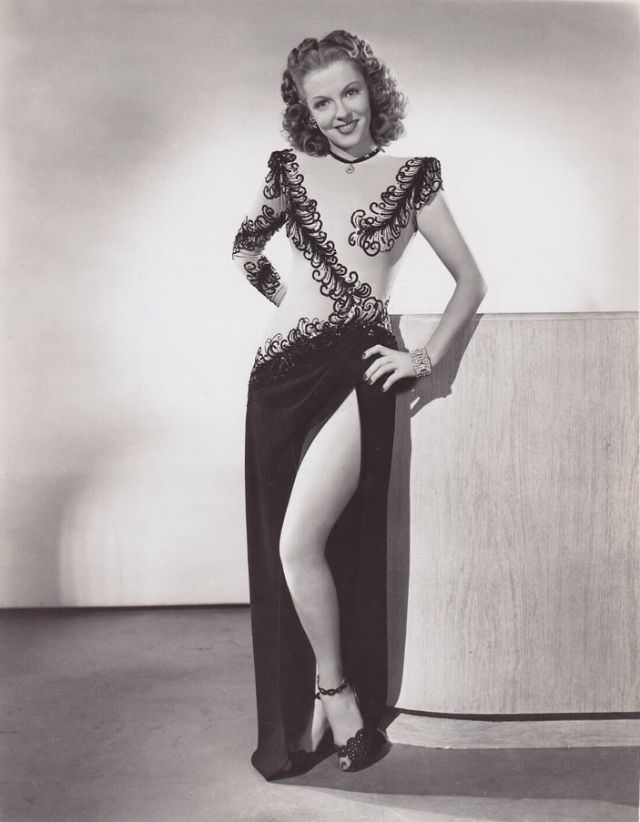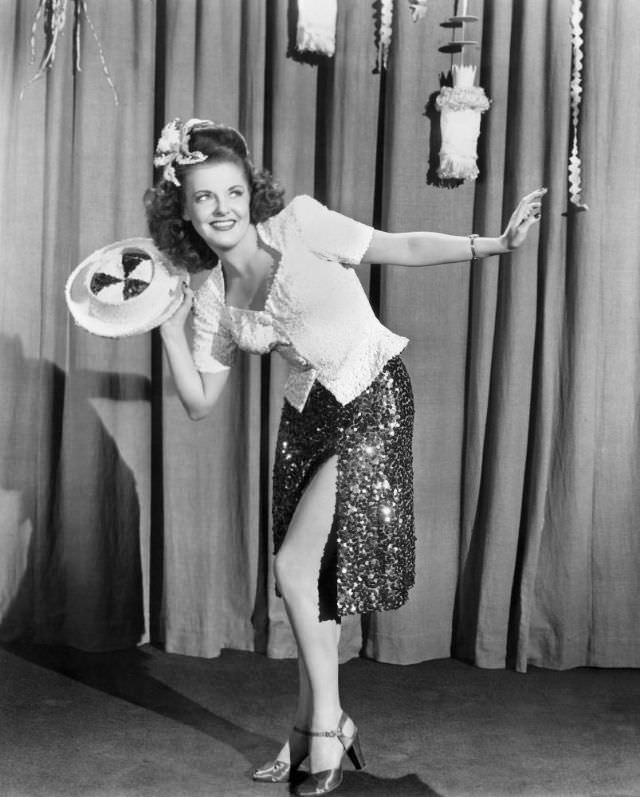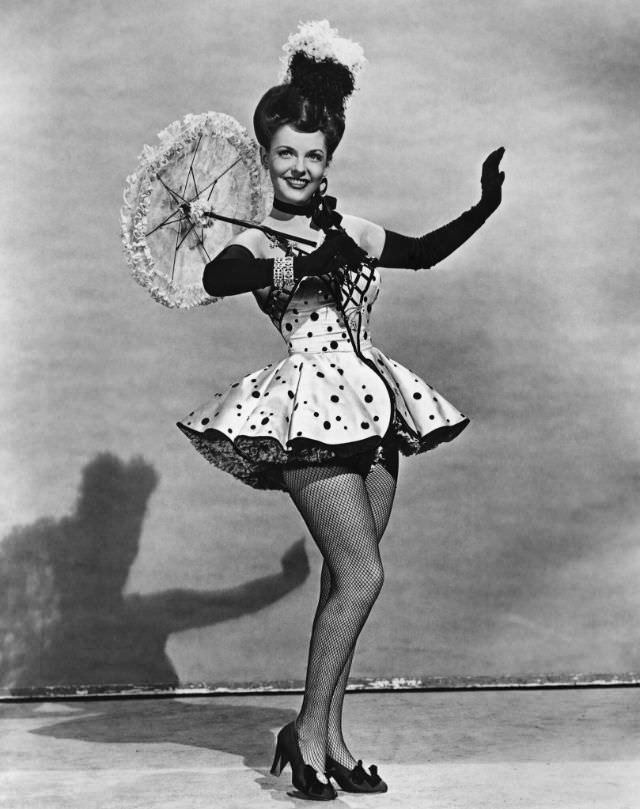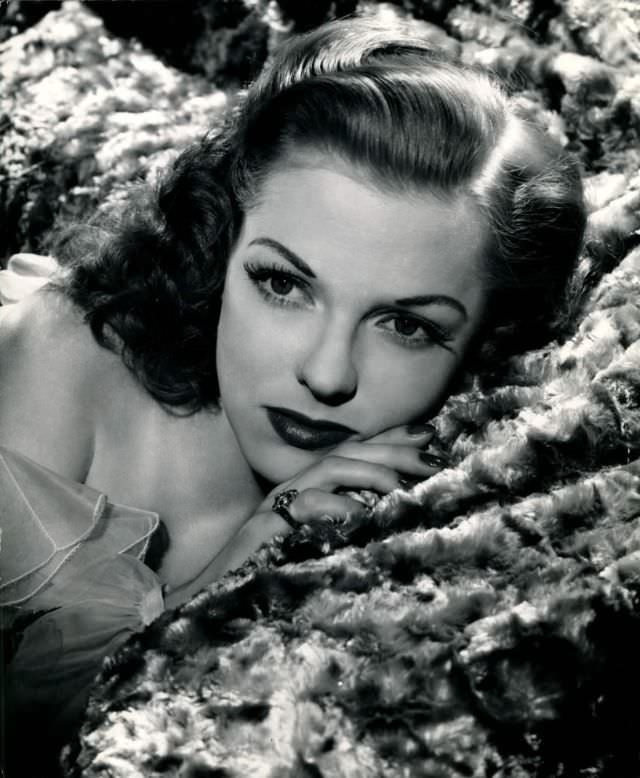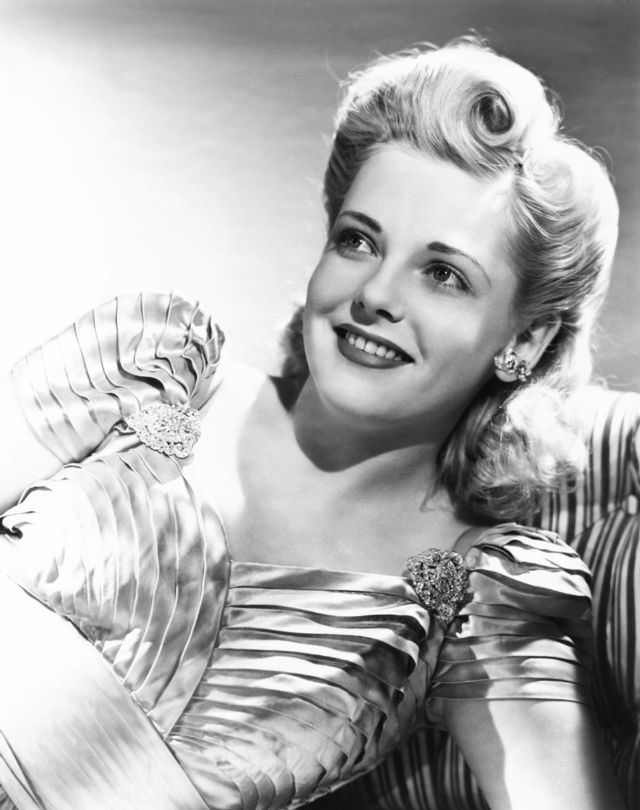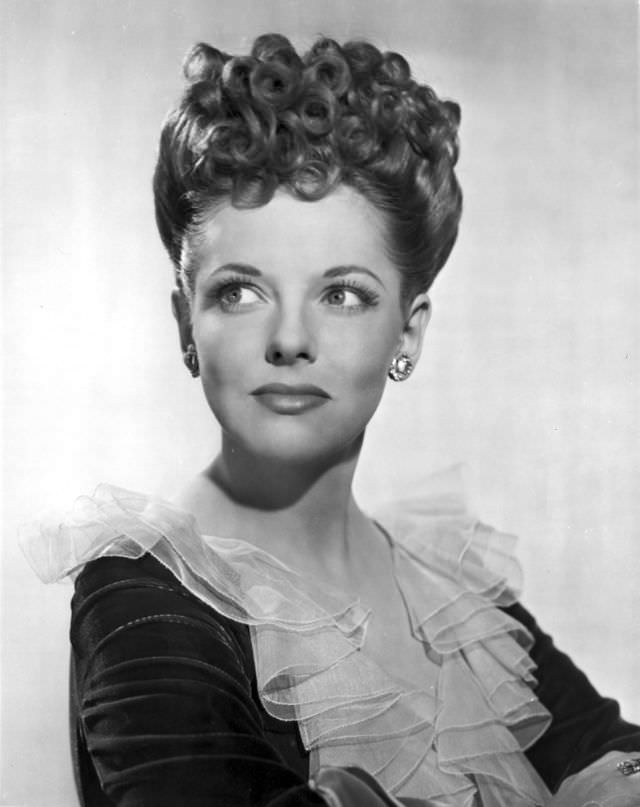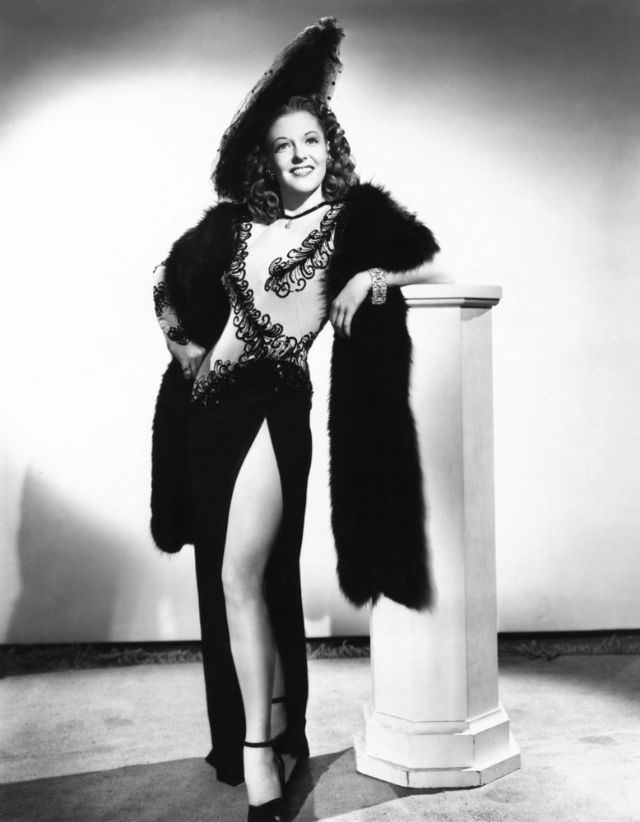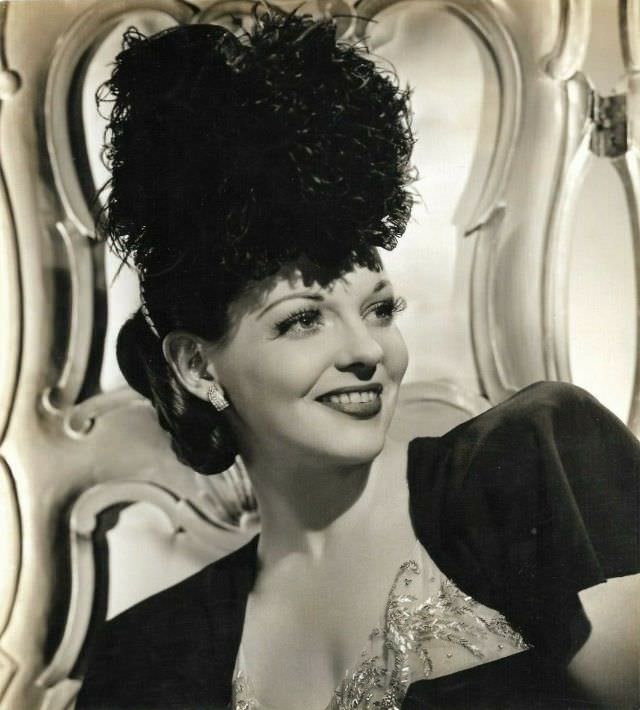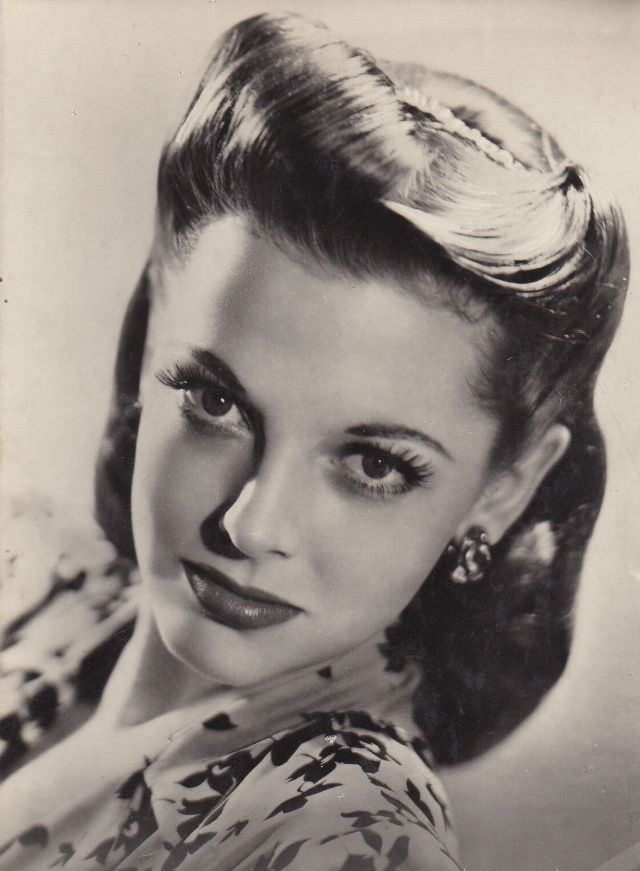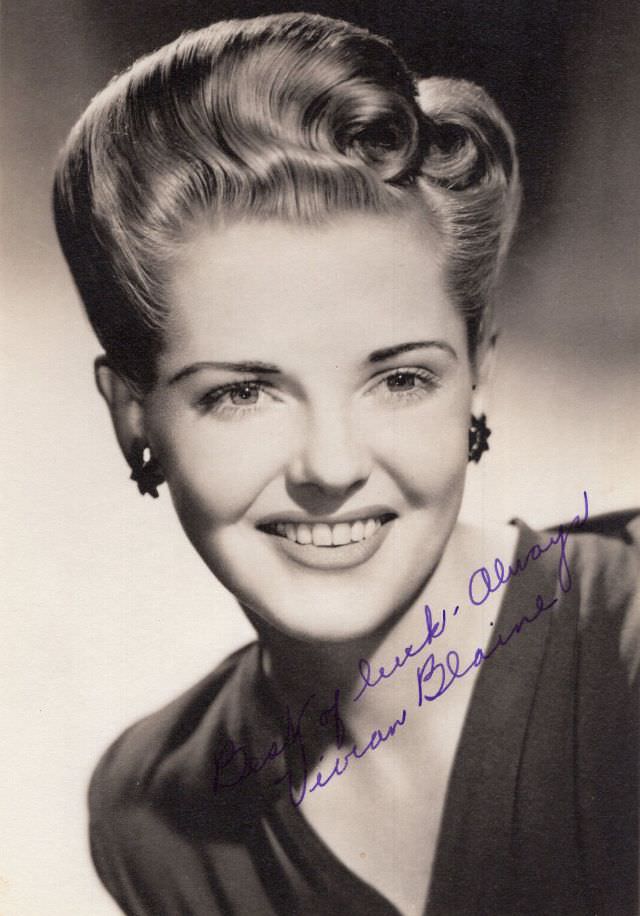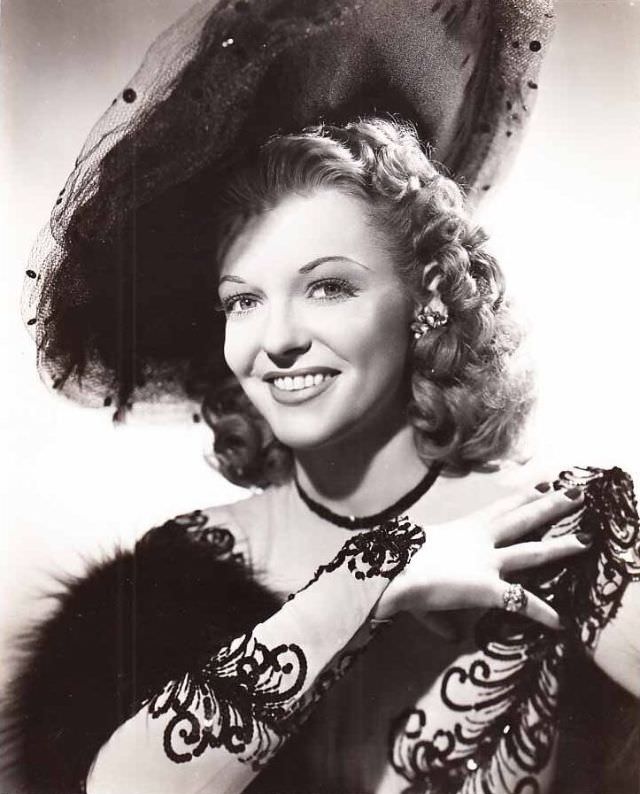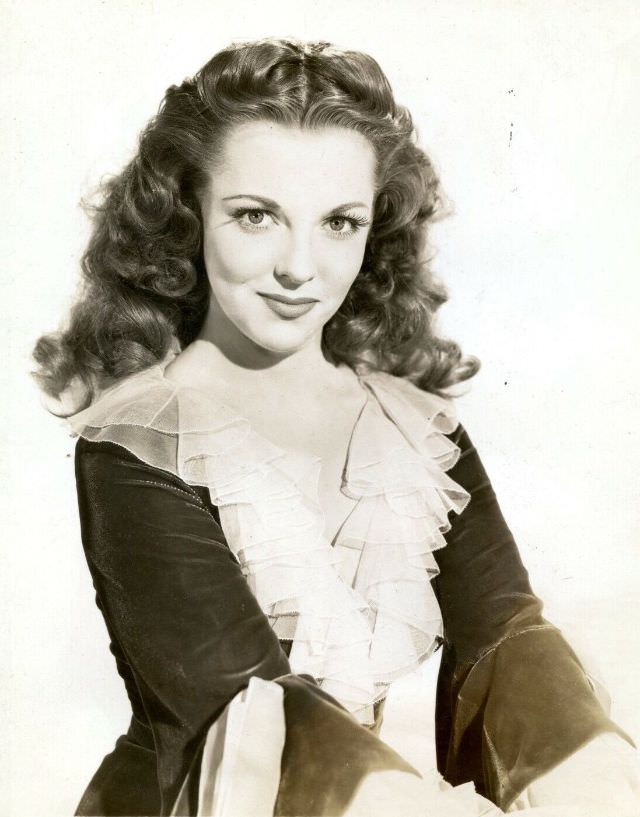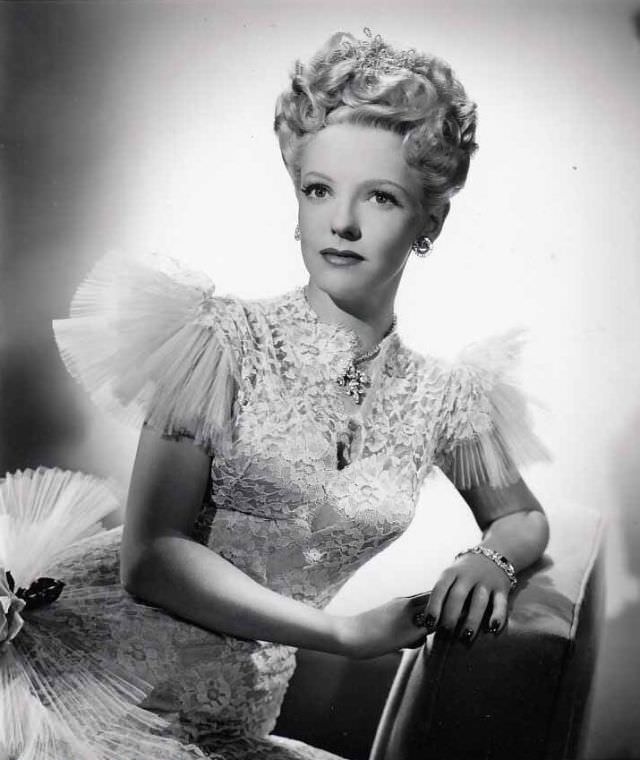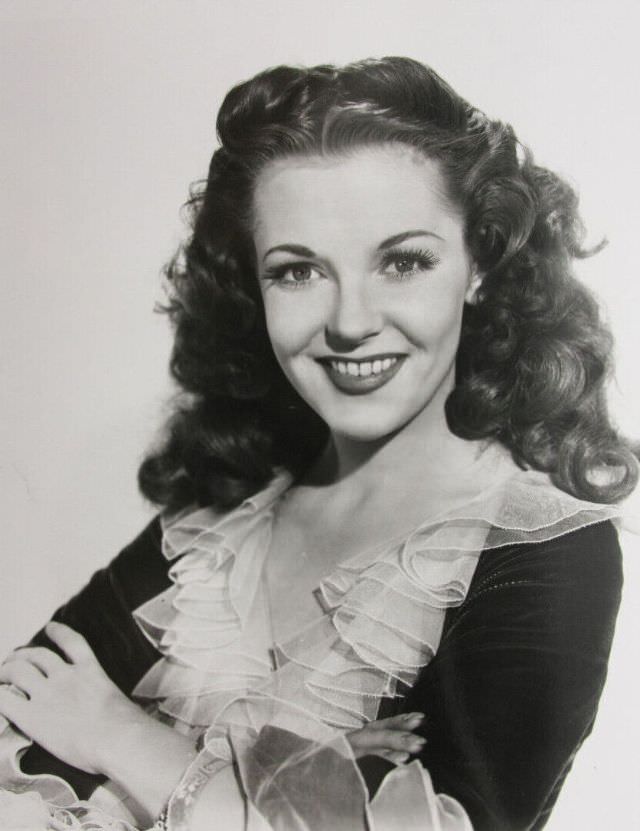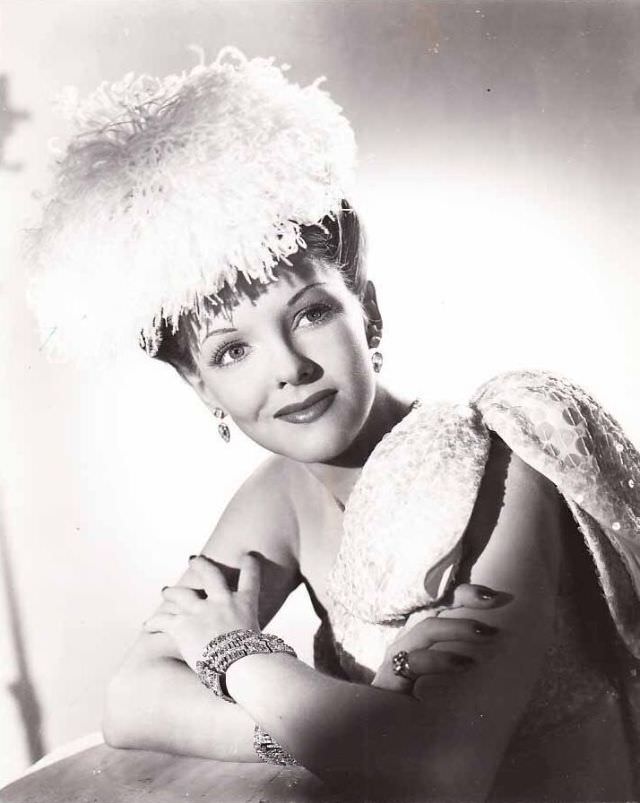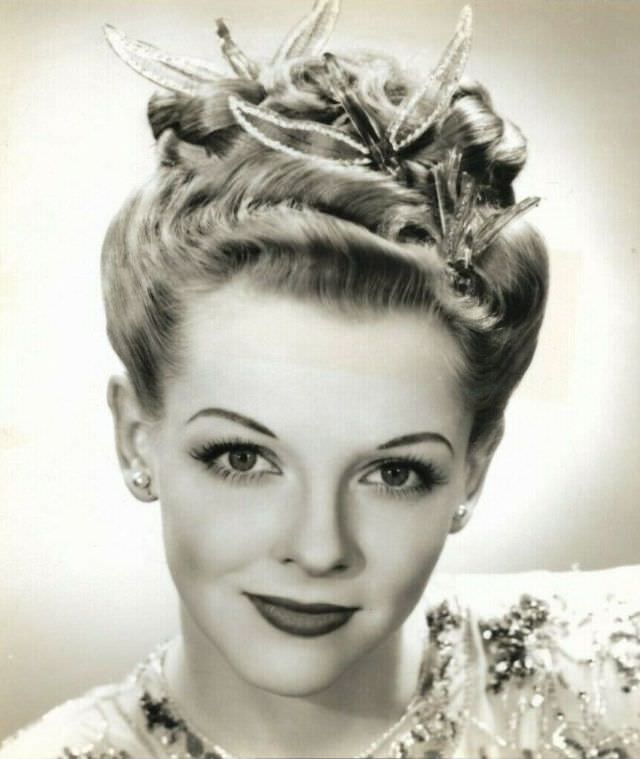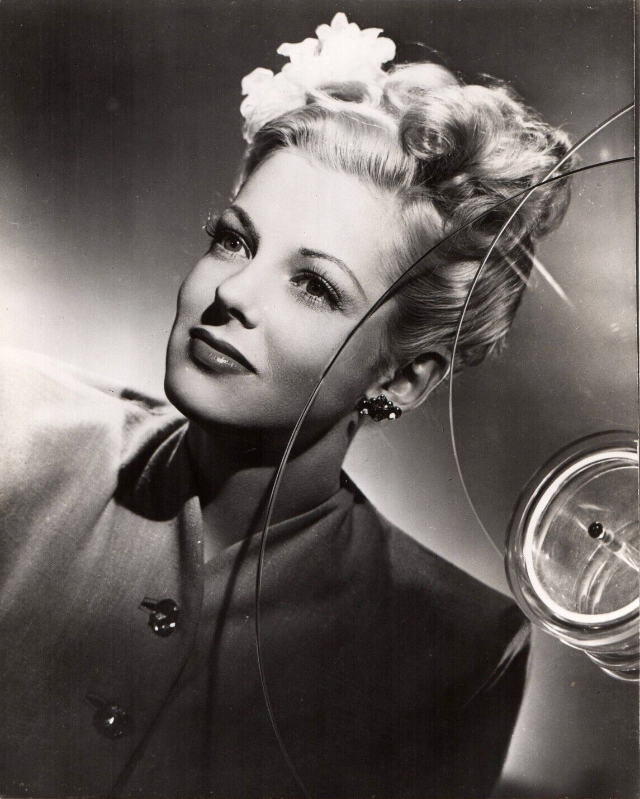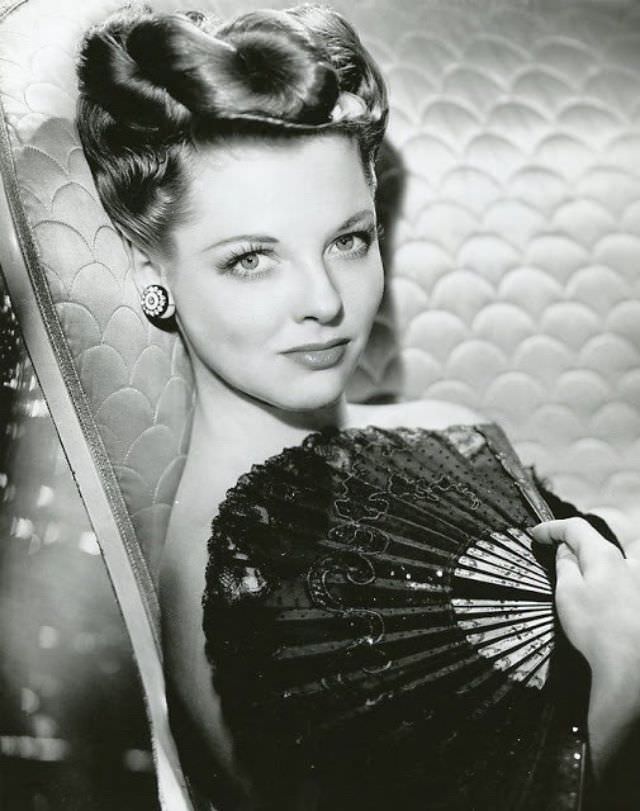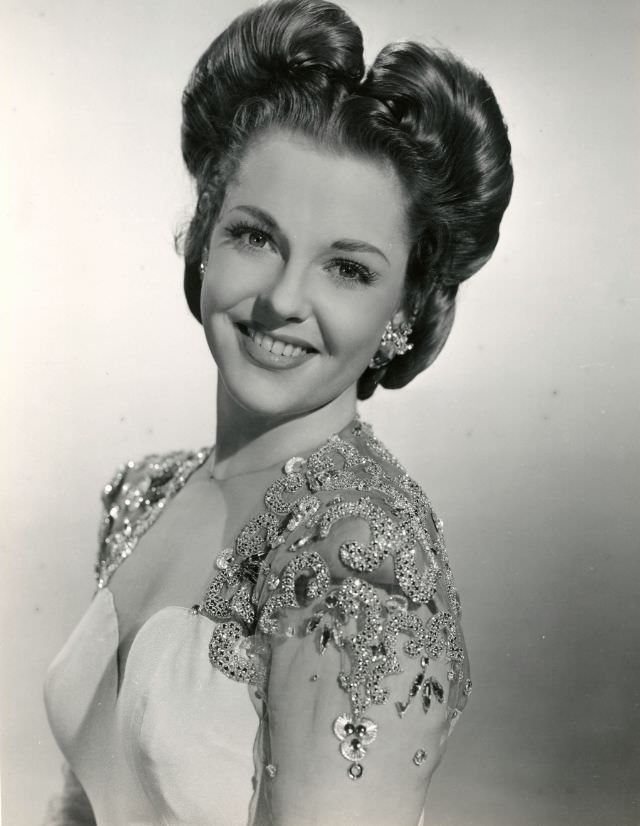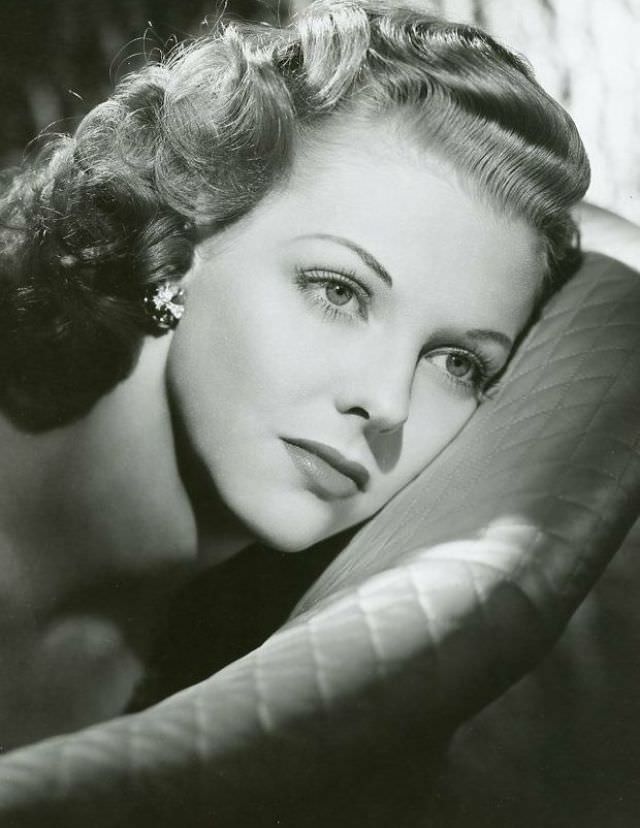The 1940s were a time of change and upheaval, with the world at war and the Golden Age of Hollywood at its peak. In this tumultuous decade, Vivian Blaine emerged as a leading lady whose charm and talent captivated audiences both on screen and on stage.
Born on November 21, 1921, in Newark, New Jersey, Vivian Stapleton changed her last name to Blaine to kick-start her career in show business. She began her career performing in nightclubs and soon found her way to the Broadway stage. But it was in Hollywood where Vivian Blaine truly shined. Signed by 20th Century Fox in the early 1940s, she made her film debut in a modest musical called “What’s Cookin’?” (1942). However, it was the 1945 musical “State Fair,” opposite Dana Andrews, that really put her on the map.
The 1940s Filmography
During the 1940s, Vivian Blaine was a fixture in the musicals produced by 20th Century Fox. Her next significant role was in “Greenwich Village” (1944), a musical comedy that showcased her singing and dancing abilities. She also starred in “Something for the Boys” (1944) alongside Carmen Miranda and Phil Silvers. The musical, adapted from a Cole Porter Broadway show, was a modest box office success.
She continued to work throughout the decade in movies like “Doll Face” (1945), where she portrayed a burlesque performer, and “If I’m Lucky” (1946) alongside Perry Como and Harry James. Her musical talents were often front and center in these films, but she also showed a knack for comedy and drama.
Working with Iconic Actors and Directors
In the 1940s, Vivian Blaine had the opportunity to work with some of the biggest names in Hollywood. She starred alongside Laurel and Hardy in “Jitterbugs” (1943) and shared the screen with the iconic Carmen Miranda in multiple films. Directors like Busby Berkeley, known for his elaborate musical numbers, utilized her talents to their full extent, creating visually stunning and memorable sequences that showcased her voice and dancing skills.
Despite her success, the 1940s weren’t without challenges for Vivian Blaine. Typecasting was a significant hurdle; she found herself predominantly offered roles in musicals and comedies, restricting her from showcasing her range as an actor. There were also changes in the landscape of Hollywood, with musicals becoming less popular towards the end of the decade.
As the decade closed, Vivian Blaine began transitioning to television and returned to her roots in the theatre. She was one of the stars of the original Broadway production of “Guys and Dolls” in 1950, which arguably became her most famous role, especially when she reprised it in the 1955 film adaptation.


